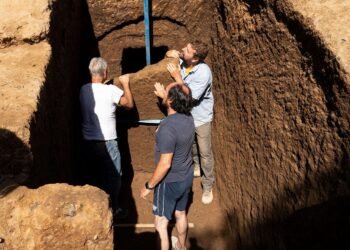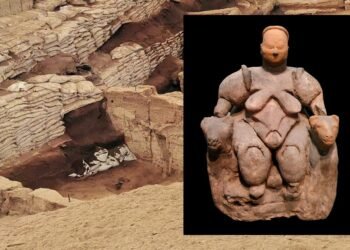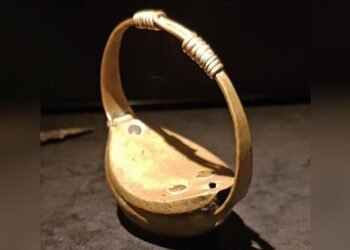Archaeologists from the University of Stavanger’s Museum of Archaeology have rediscovered the reliquary of St. Swithun, long thought to have been lost during the Protestant Reformation, within a crypt beneath Stavanger Cathedral in Norway.
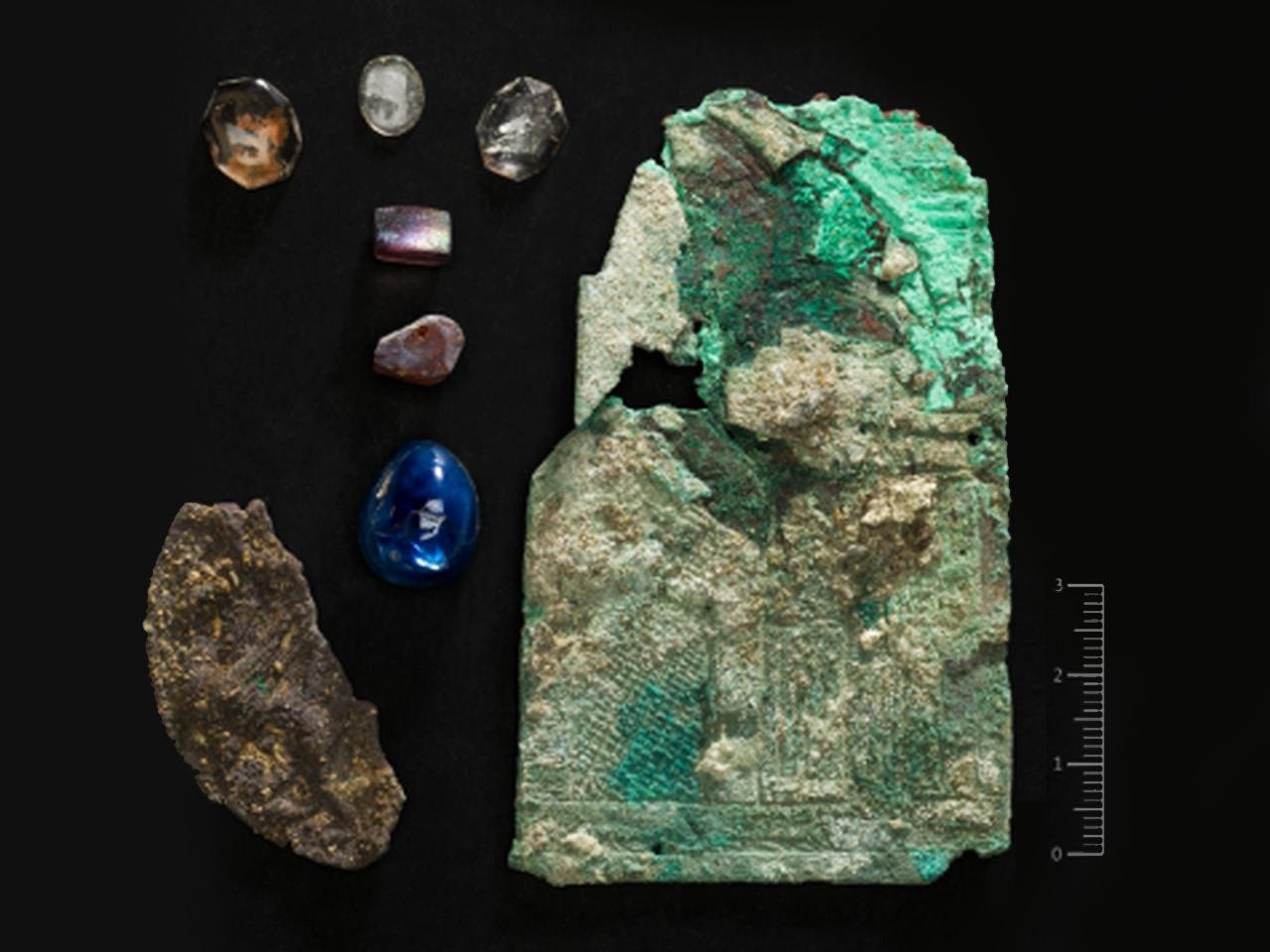
St. Swithun, an Anglo-Saxon bishop of Winchester in England during the 9th century, was renowned for his posthumous miracle-working, including the famous restoration of a basket of eggs. His relics were distributed among various shrines following his death in 863, with one part believed to have been brought to Stavanger by Bishop Reinald, the city’s first bishop, around 1100.
The recent excavation uncovered a trove of artifacts, including a gilded copper plate adorned with a depiction of a church building, a gilded silver medallion featuring an animal motif, and decorative glass gems. These artifacts, along with other discoveries such as ivory figurines, fragments of religious objects, and ancient coins, point to the existence of the cathedral’s long-lost reliquary.
“We were very surprised when we carried out an X-ray examination of the copper plate. The image clearly reveals a church building with tower and roof, columns and windows,” explained conservator Bettina Ebert.
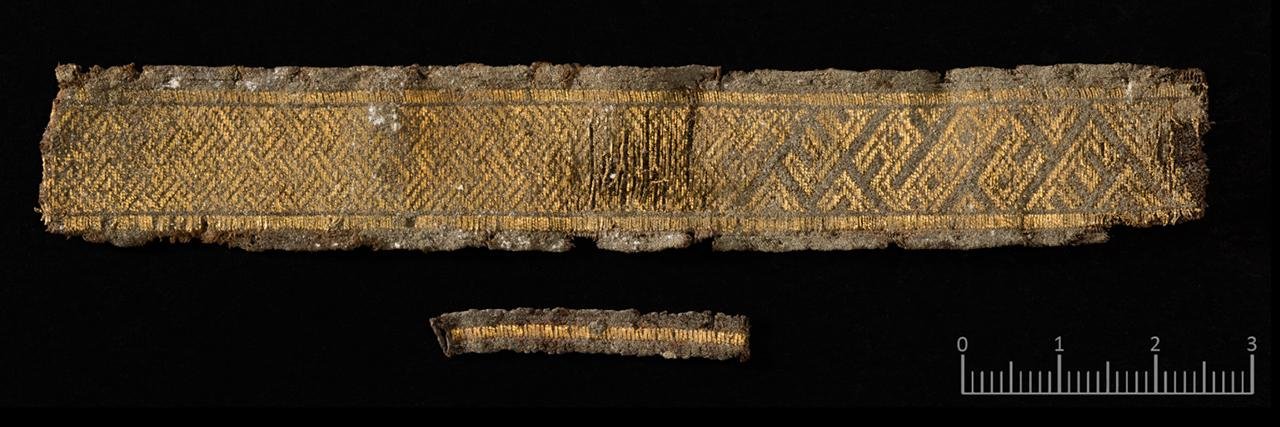
The findings suggest that some of the cathedral’s treasures were hidden in the crypt during the Middle Ages to protect them from destruction. Sean Denham, one of the excavation leaders, described the discoveries as sensational,
Among the notable artifacts found in the excavation are fragments of stained glass windows, a burial chamber believed to belong to a bishop, and a woven gold band from the vestments of a church official. The discovery also includes the papal seal of Boniface VIII and various utilitarian objects from daily life.
“The finds in the basement have exceeded all expectations and reflect more than 1,000 years of Stavanger’s history. They demonstrate the cathedral and city’s clerical wealth and contact with Rome in a way not previously seen in the archaeological material,” stated Denham.
The museum plans to exhibit these treasures in 2025, coinciding with the cathedral’s 900th anniversary.




